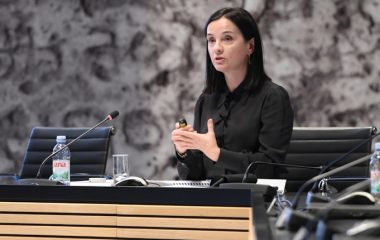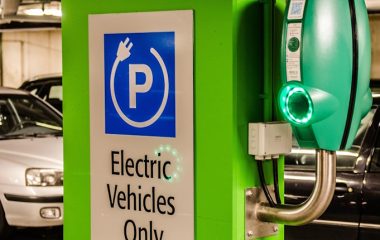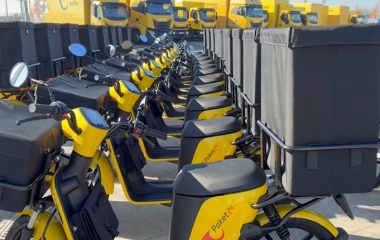
Photo: Pixabay
Share
The City government of Pula is dedicated to enable its citizens to use modern, secure and cleaner public transport and to do it with innovative approach to sustainable urban mobility, said the mayor of this seafront city located at the tip of the Istria peninsula in Croatia.
The first step towards sustainable city traffic in Pula has been made by the agreement with the EBRD to jointly develop a sustainable urban mobility plan. The government of Austria will help with a EUR 195,700 grant.
The idea behind the plan is to utilize the Integrated Territorial Investments (ITI), the new EU instrument introduced for use during the European Structural and Investment Funds (ESIF) programming period, says EBRD in its statement.
ITI is designed to be like a local form of policy-making. It allows tying different financial sources in an integrated investment strategy for a certain territory or functional area, and could take the form of an integrated strategy for urban development or inter-municipal cooperation.
Under the ITI mechanism, Pula will co-finance public transport investment with EUR 30.6 million.
The sustainable urban mobility plan is about taking innovative and high-quality approach to sustainable city traffic planning. Boris Miletić, Mayor of Pula emphasized. He added that the whole project is to be used as a basis for attracting future investment from European funds. Last, but not the least, thanks to this plan, citizens and visitors will enjoy modern and secure public transport.
EBRD has been investing in Croatia for over 20 years
EBRD Associate Director Davor Inđić also added that this plan will contribute to the environment as well. “It is our duty to support the city’s economic development and at the same time safeguard its heritage and natural beauty”, he said.
The Bank’s goal is to promote greater efficiency in and higher quality of municipal services. Since 2006, when the Bank provided its first loan to Pula for the acquisition of green buses for the city’s public transport company, the EBRD has supported over 18 projects in municipal infrastructure and financed EUR 242 million of investments.
The EBRD signed its first project in Croatia in 1994 and has invested over EUR 3.6 billion in 198 projects in the country to date. The Bank’s activities cover all areas of the economy but are especially strong in the infrastructure, corporate, financial institutions and energy sectors.









Be the first one to comment on this article.